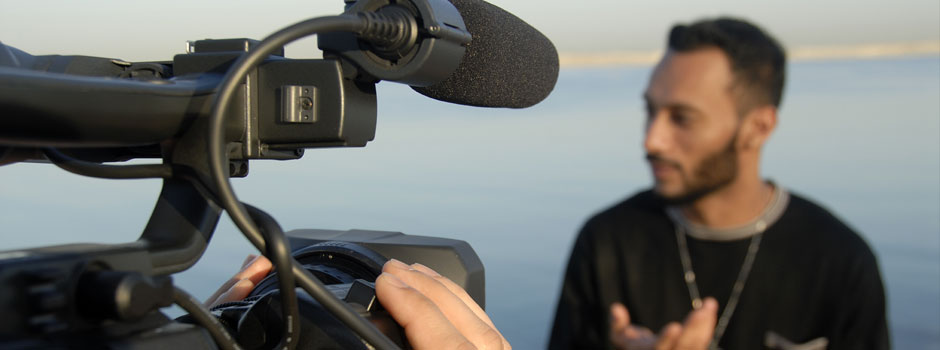Choosing your interlocutors’ profiles helps produce informative interviews.
- The actor : “he took part in or was a victim of”.
At the heart of the event, he tells the story of what he’s gone through. It’s first-hand information, often delivered in narrative, chronological order and detailed. The journalist must sum it up in his commentary. To get a lively narration, the actor-interviewee can be put on location (be interviewed where the event took place, be shown a pic or a video closely linked to the event).
- The witness : “he saw or heard”.
He can only give his point of view. He was not directly involved. Don’t ask him for comments. A journalist should use multiple testimonies to depict what truly happened. His role is to define the point of view of each witness and the distance separating him from the event he’s talking about.
- The expert : “he knows”.
He’s the one giving out an objective evaluation. He can create an analysis or an opinion based on his knowledge and what he knows about the event. You shouldn’t ask him for his feelings or his predictions. To allow the expert to calibrate his explanations, the journalist should explain to him the package’s constraints: limited time and non-specialist viewers. If needed, the journalist can reword in his commentary the explanations given by the expert.
- The official : “he states”.
It’s the public persona wanting to react through a statement. He wants to be accounted for and explain himself.
- The press agent or spokesperson: “he stands in” for the witness, the expert or the official.
He’s but an intermediary and should only be interviewed as a last resort.
*You should avoid: easily-contacted people whatever the story, people who bring messages easily used in any package, who will answer what you want to hear…
Other types of interviews :
- Reactions, opinions
The interviewee represents a category of people or is emblematic of a political tendency. These are reactions you must add up to properly understand the variety in POVs. As a rule, every opinion must be counterbalanced by its opposite.
- Long interviews
They can be used for portraits or mapping a problematique. The journalist must research such a topic.
- The vox pop
A vox pop never produces information. It only illustrates a known trend. Answering the same question, interview extracts are edited in a row, and usually, the people answering the questions aren’t identified.
To paint a rich, well-illustrated portrait :
- To improve the interview of the person you’re filming the portrait of: multiply shooting places and find different frames for each topic.
- For the portrait to be interesting: multiply the amount of interviewees and cross their opinions about the person your package focuses on.
Such an approach helps paint a better portrait than just a long interview with only one person.

